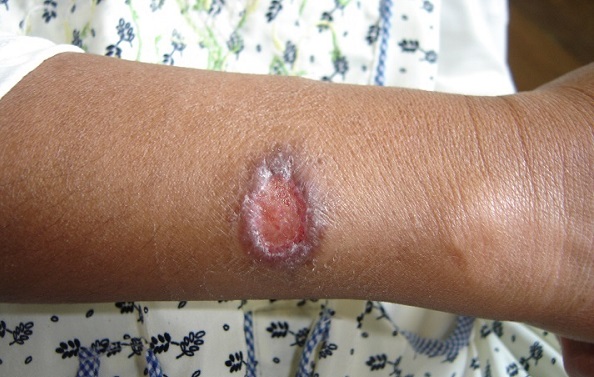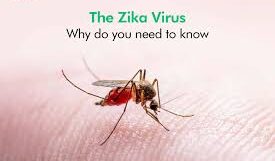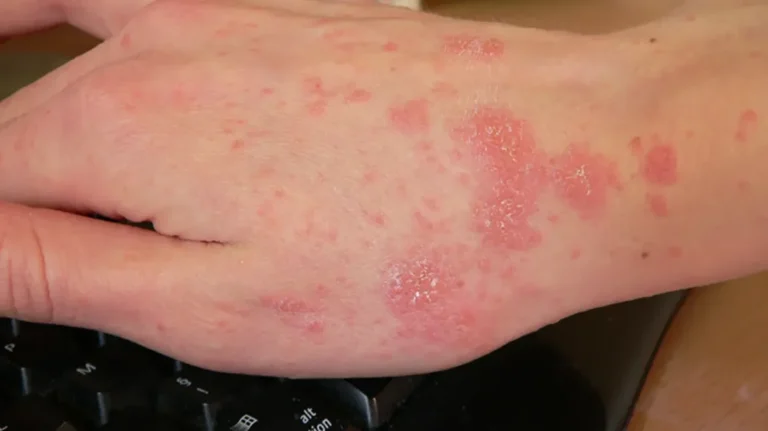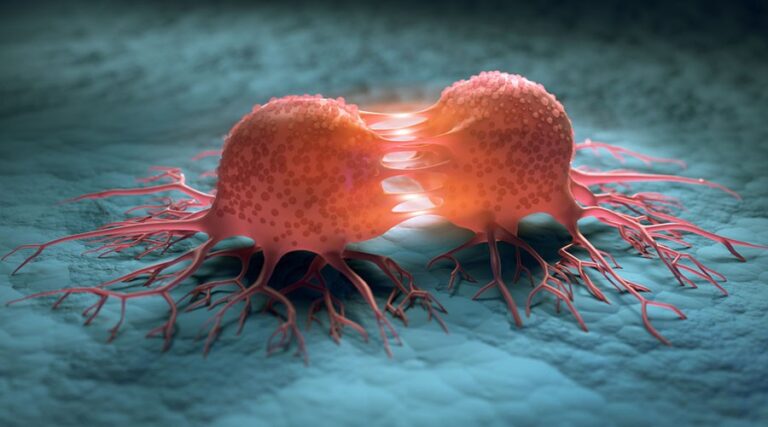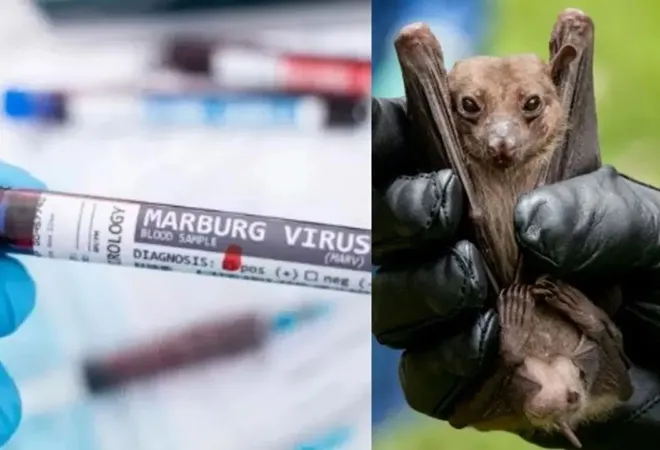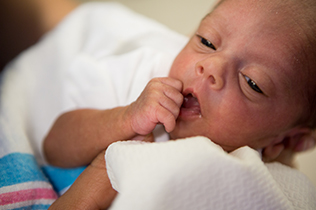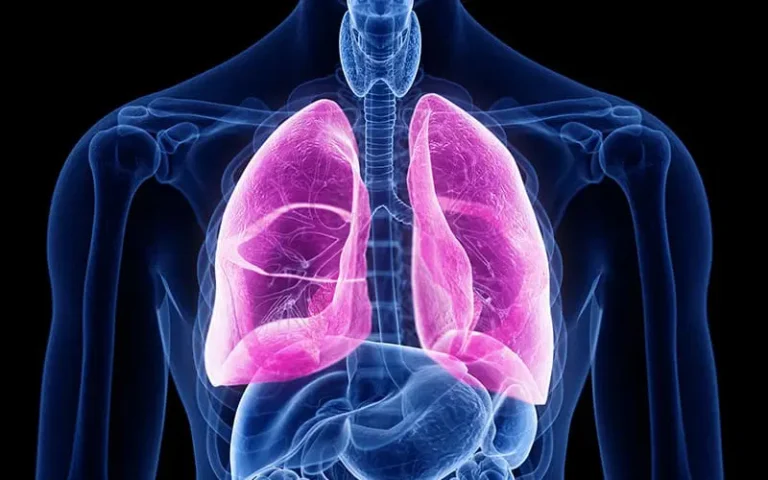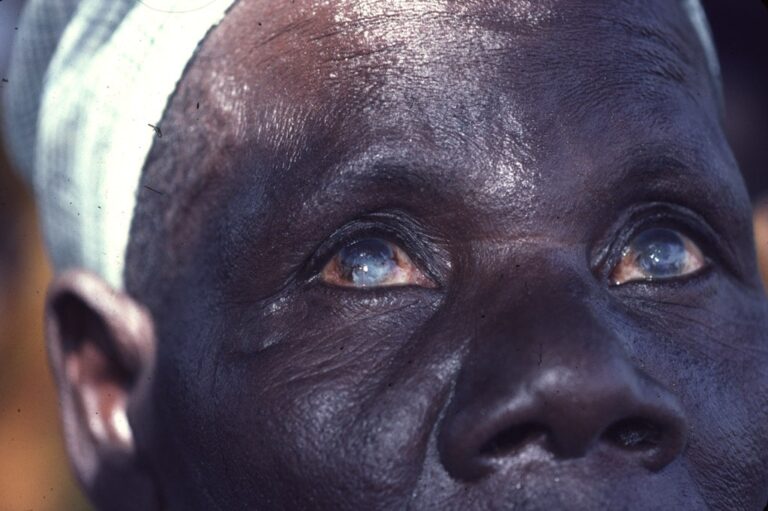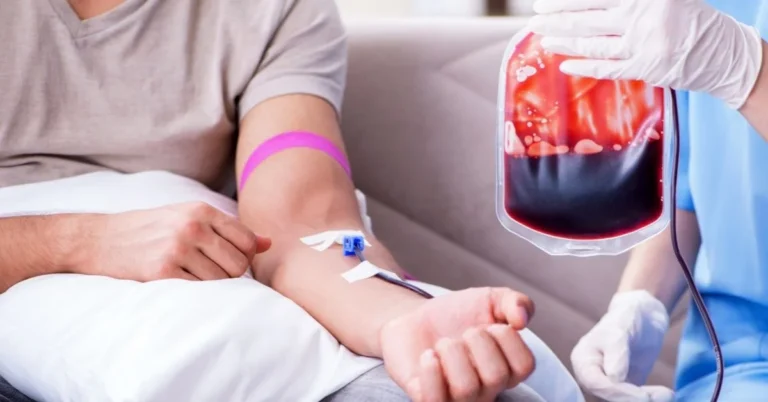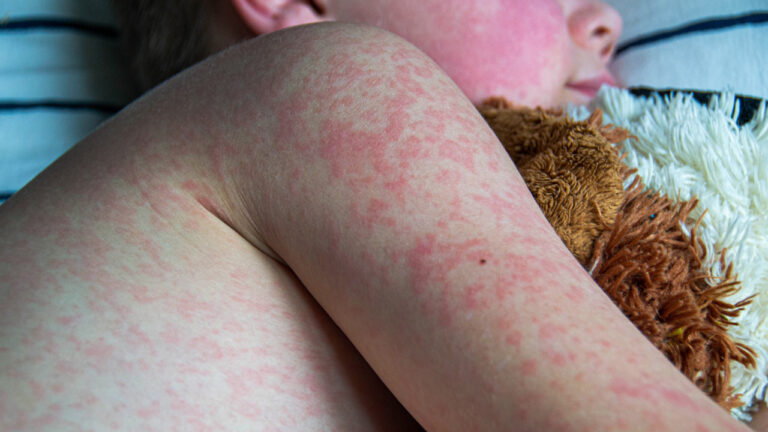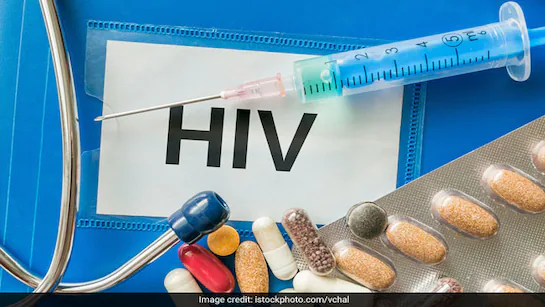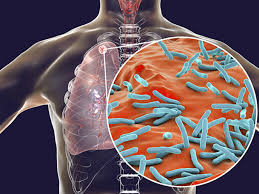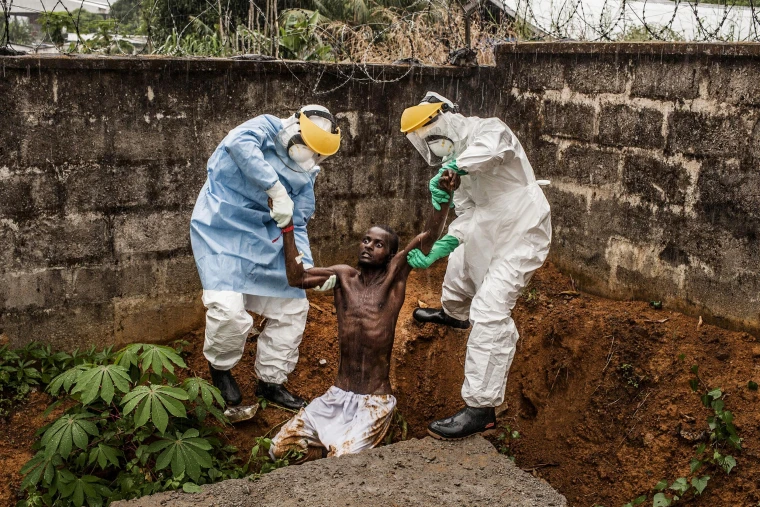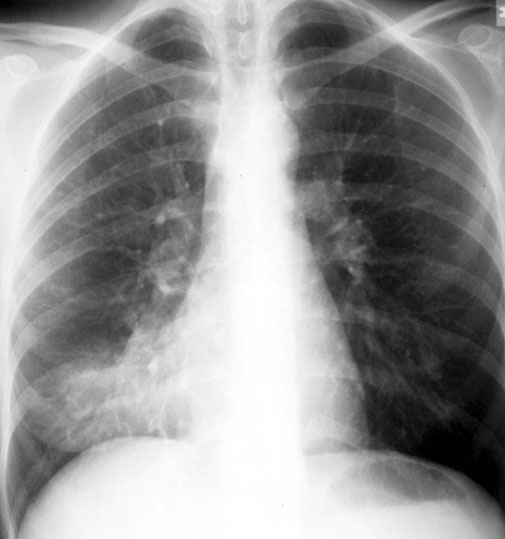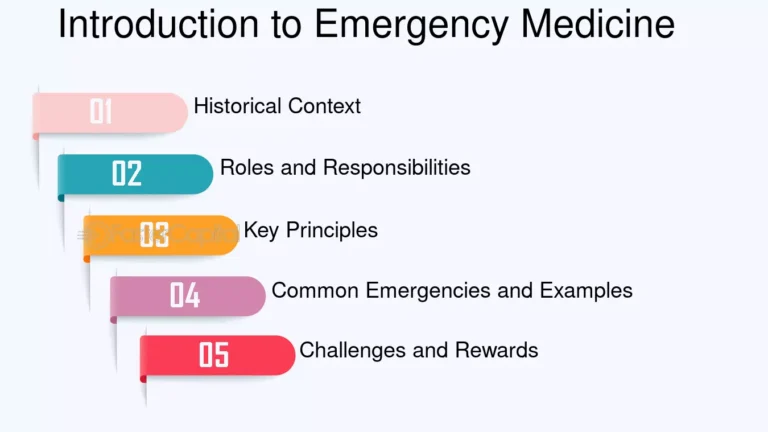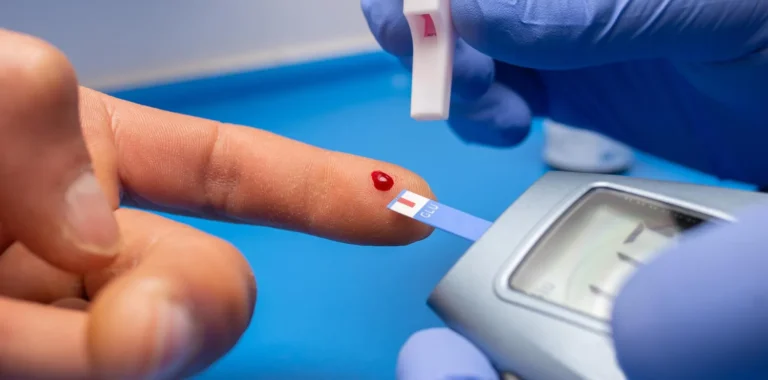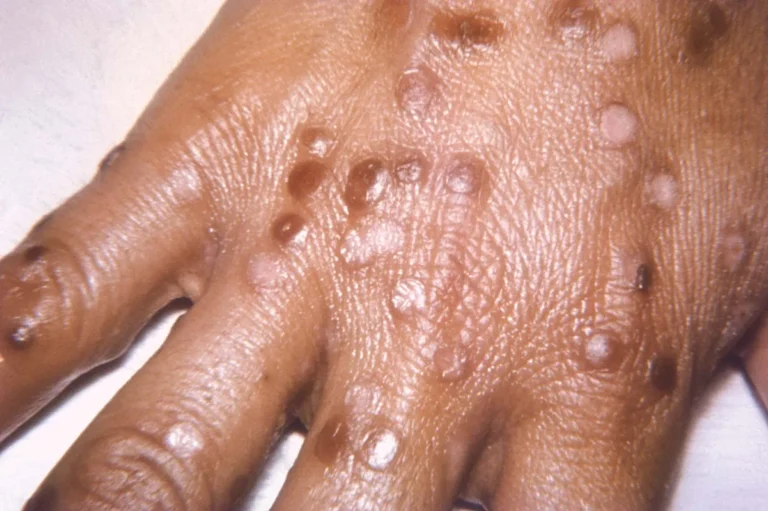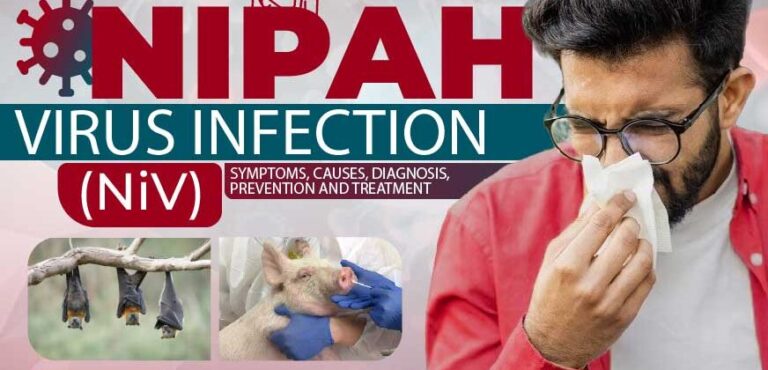Nipah virus infection
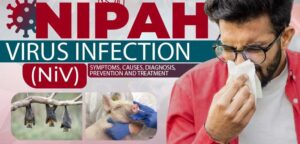
Nipah virus (NiV) infection is a zoonotic disease that can cause severe illness in both animals and humans. It’s a significant public health concern, particularly in Southeast Asia, due to its high mortality rate and potential for outbreaks.
Understanding Nipah Virus Infection:
- Causative Agent:
- Nipah virus (NiV), a member of the Henipavirus genus in the family Paramyxoviridae.
- Reservoir Host:
- Fruit bats of the Pteropus genus (flying foxes) are the natural reservoir.
- Transmission:
- Animal-to-Human:
- Consumption of raw date palm sap contaminated with bat urine or saliva.
- Contact with infected pigs or other animals.
- Human-to-Human:
- Close contact with infected individuals’ bodily fluids (respiratory secretions, blood, urine).
- Respiratory droplets.
- Nosocomial transmission (hospital-acquired infections).
- Animal-to-Human:
Transmission Details:
- Bat-to-Human Transmission:
- The primary source of human infection is through contact with infected bat excretions.
- Date palm sap collection practices in some regions increase the risk of contamination.
- Animal-to-Human Transmission:
- Pigs can act as amplifying hosts, spreading the virus to humans.
- This was a significant factor in the initial outbreak in Malaysia.
- Human-to-Human Transmission:
- Outbreaks have demonstrated the potential for efficient human-to-human transmission, particularly in healthcare settings.
Symptoms:
Nipah virus infection can present with a range of symptoms, from mild to severe:
- Initial Symptoms:
- Fever
- Headache
- Muscle aches (myalgia)
- Vomiting
- Sore throat
- Severe Symptoms:
- Encephalitis (inflammation of the brain)
- Seizures
- Altered mental status (confusion, disorientation)
- Respiratory distress
- Coma
- Rapidly progressing to death in severe cases.
Diagnosis:
- Laboratory testing is essential for confirming Nipah virus infection:
- RT-PCR (reverse transcription-polymerase chain reaction) to detect the virus’s RNA.
- Antibody detection tests (ELISA).
- Virus isolation.
Treatment:
- There is no specific antiviral treatment for Nipah virus infection.
- Treatment focuses on supportive care:
- Management of neurological symptoms.
- Respiratory support.
- Fluid and electrolyte management.
- Intensive care in severe cases.
- Ribavirin has been used in some cases, but its effectiveness is not conclusively established.
- Monoclonal antibody treatments are being investigated.
Prevention:
- Prevention in Animal-to-Human Transmission:
- Avoiding consumption of raw date palm sap or other foods potentially contaminated by bats.
- Proper hygiene practices when handling animals.
- Separation of livestock from bats.
- Prevention of Human-to-Human Transmission:
- Strict adherence to infection control measures in healthcare settings.
- Use of personal protective equipment (PPE).
- Isolation of infected individuals.
- Contact tracing.
- Public Education:
- Raising awareness about the risks of Nipah virus infection and preventive measures.
- Vaccines are currently under development.
Public Health Importance:
- Nipah virus infection has a high mortality rate.
- The potential for human-to-human transmission poses a significant risk of outbreaks.
- The disease is a major public health concern in endemic regions.
- The wide range of animals that can be infected, and the difficulty of controlling wild bat populations, makes containment very difficult.
- International collaboration is crucial for surveillance, research, and outbreak response.
It’s vital for healthcare professionals and the public to be aware of Nipah virus infection and take appropriate precautions.
I hope this information is helpful.




